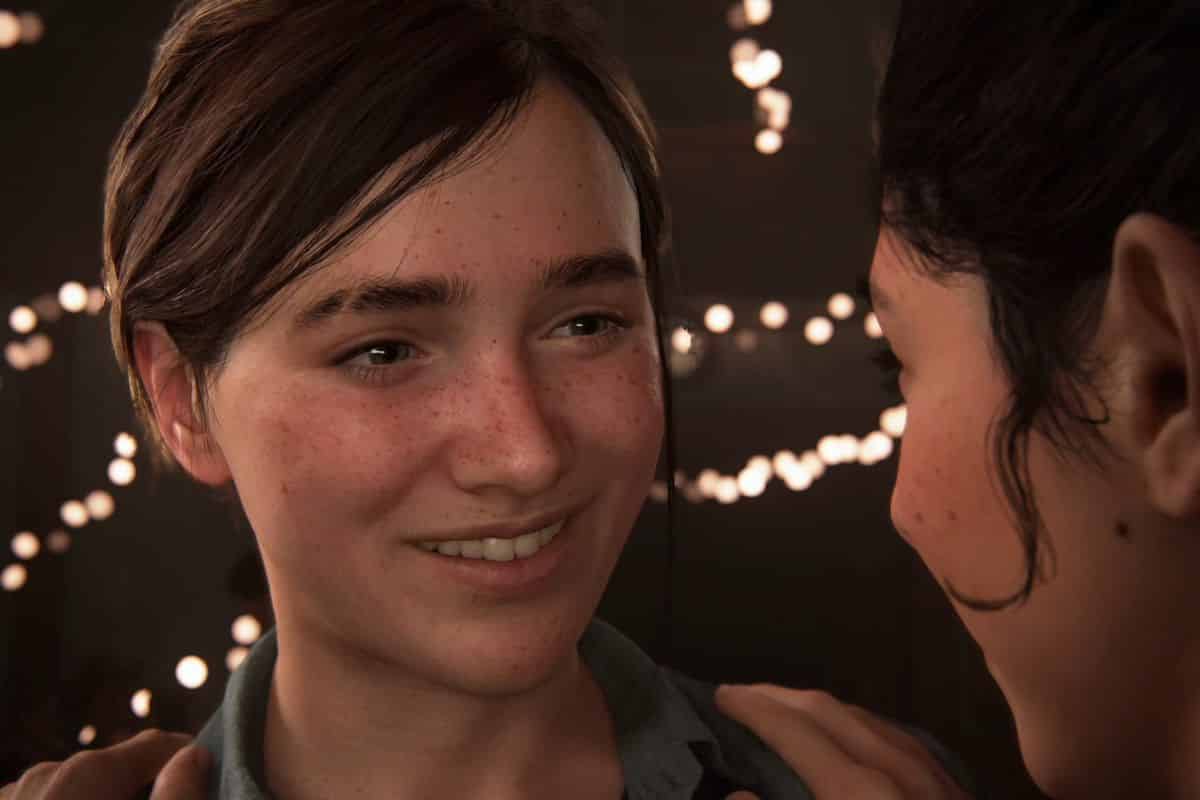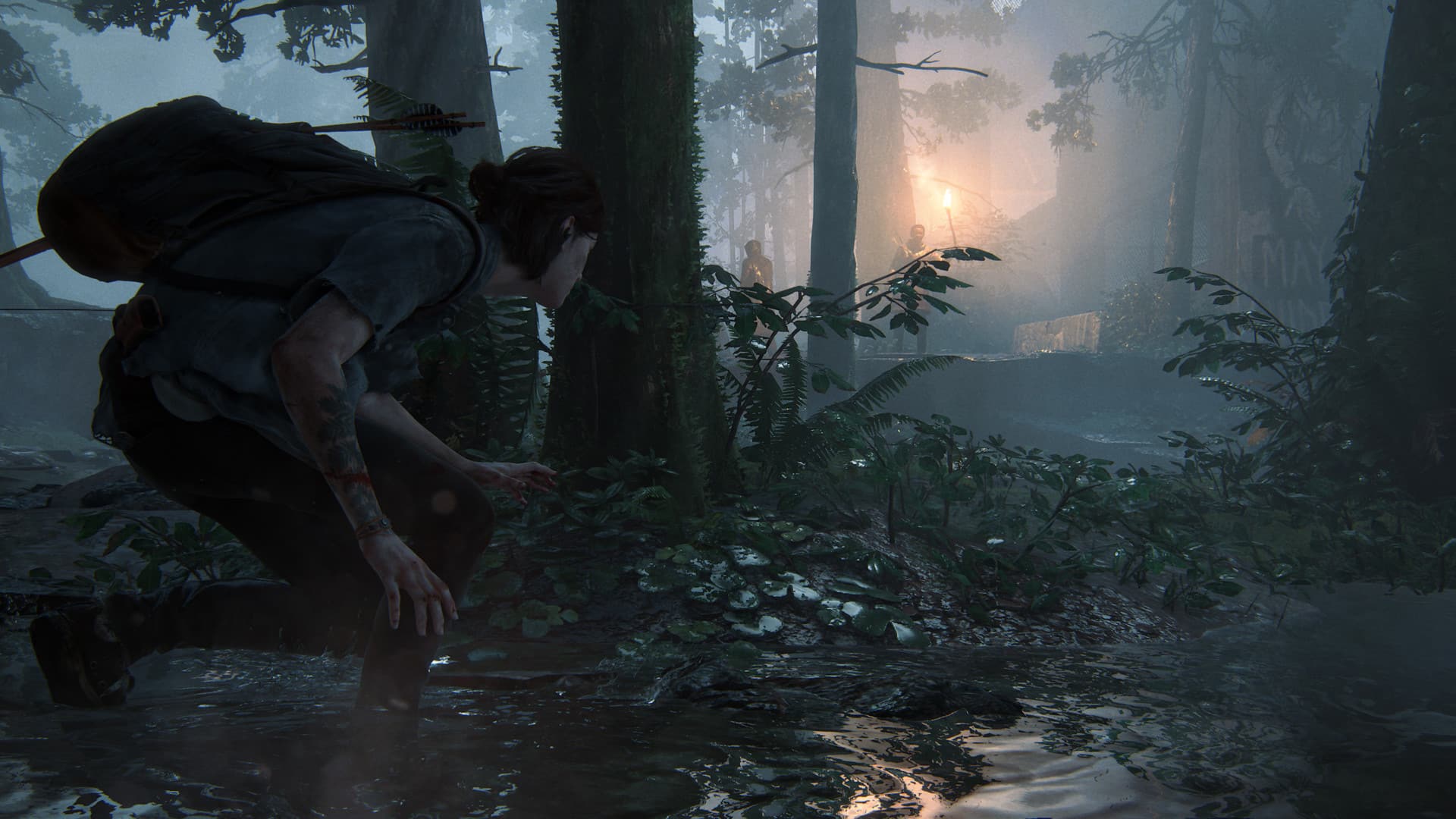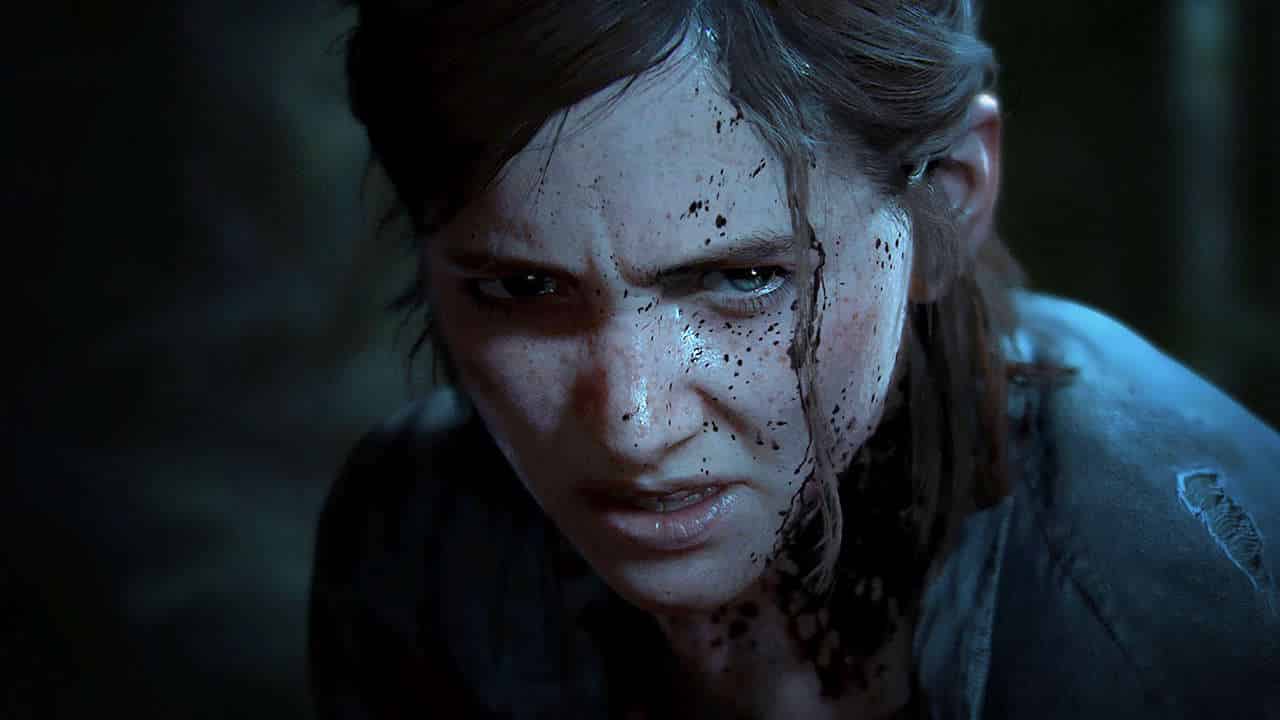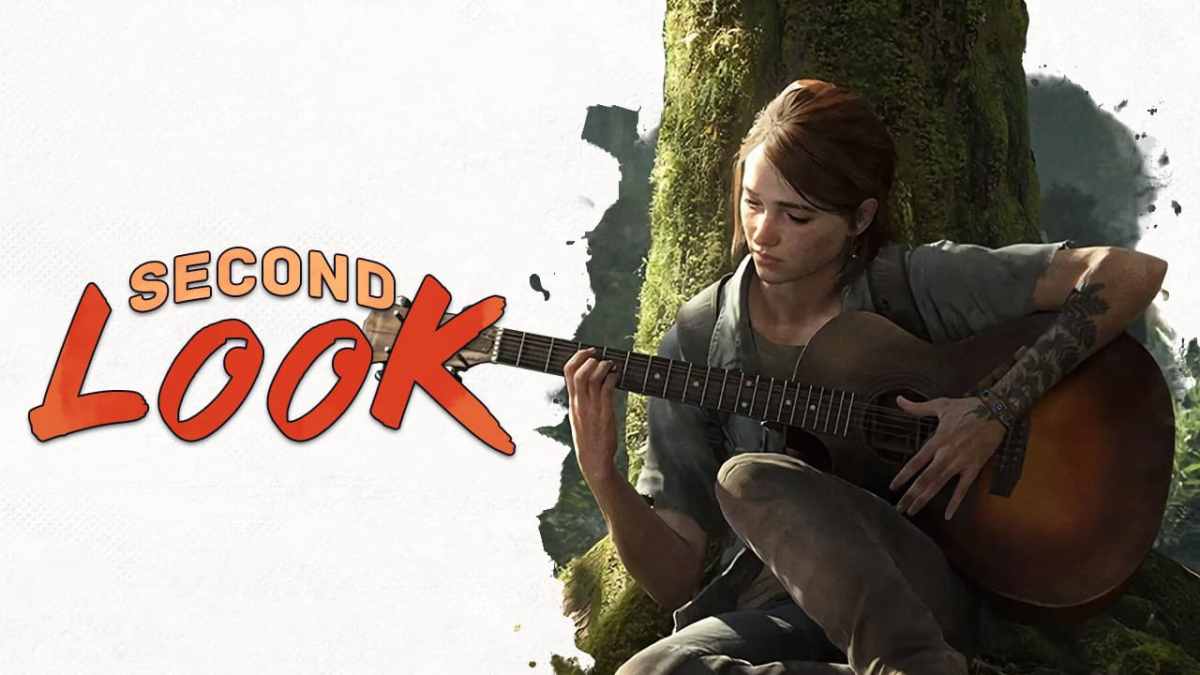To call The Last of Us Part II polarizing is an understatement. But in truth, it’s only amazingly average, especially considering Naughty Dog’s usual output. While some may have been shocked by the game’s various creative decisions, there simply isn’t anything new here; it’s just that the usual high-budget sheen isn’t obscuring the flaws. I feel like The Last of Us Part II is a manifestation of everything wrong with Naughty Dog’s design philosophy and the real-world cost it incurs.
Outside of The Lost Legacy and a few parts of Uncharted 4, I have been completely and utterly whelmed by Naughty Dog’s games. They’ve never really moved the medium forward; they’ve just set graphics benchmarks and sold PlayStations. Mechanically, the games are often three steps behind the rest of the industry, boasting bold new features like painting handholds yellow so you can see them better or adding a jump button.
Up until the current console generation, Naughty Dog rarely offered level design more complex than twisting narrow hallways dressed up to look like a significant location where in theory you had some choice over your path. Except you never did, and even with the wider levels of their most recent games, players are never given a fraction of the freedom to express themselves that most other games offer.
This is why I’ve felt that, for the better part of two decades now, the studio’s output has been average-at-best games with extremely high production values. No one can deny the sheer budget Naughty Dog flexes with every game, but was it worth it if the stories are threadbare and the game design is more linear than in some Telltale games? Was it all worth having your agency stripped away for the sake of presentation above all else? Because if you’re tired of The Last of Us Part II criticizing you for decisions you didn’t make, or forcing you to follow a path you disagree with — this has always been how Naughty Dog does things. The only thing that’s changed is that now it isn’t patting you on the back and saying you’re a good guy.

It’s to the point that one can’t help but look at The Last of Us Part II as one of the most vicious, unrelenting self-criticisms the studio could unleash upon itself. Ellie is still a Joss Whedon-esque one-liner-spewing death machine; it’s just that this time the game wants you to feel bad about it. Your romantic interest Dina has actually less personal direction than preceding partners in Naughty Dog games, mostly serving as Ellie’s emotional armrest. The pacing is overly indulgent, drawing out the experience with extended plot digressions seemingly built just to pad the runtime.
That’s the key issue with The Last of Us Part II and honestly of most of the recent Naughty Dog games. Things just sort of happen, broad strokes of emotional prompting occur, and each game leaves you to try to find meaning in the gaping crevices between. Naughty Dog knows what prestige media looks and sounds like, but it clearly struggles with the how and why. That’s a big deal because creativity and originality, on the whole, aren’t about what something is, but how and why you use familiar tropes and ideas in a new way.
For example, in Gears 5, there are open-world sections because you’re searching for long-buried answers. You can’t be guaranteed where you’ll find what you’re looking for, but every side story feeds into the current quest. Or take how Call of Duty: Black Ops 3’s tutorial levels are set inside your mind to foreshadow how your perceptions aren’t reliable for the rest of the game, while it also establishes the technology and lore crucial to the game’s story.

By contrast, The Last of Us Part II’s wide-linear and open-world sections tend to be more concerned with scale and sprinkling in wildly unrelated side stories. Part of this comes from the original plans to make it a fully open-world game, but then why are several of these side-ventures so isolated from the core thread? While some are integrated, others are so artificial that they feel like content for the sake of content.
The initial tutorials are also drawn out, stuffed to the gills with scenes that could’ve been flashbacks to even out the tonal pacing of the story. In theory it’s to remind players of the relationship between Joel and Ellie from the first game, but it takes what should have been five minutes and stretches it out to over an hour. Slow-burn introductions are one thing, but since the majority of what’s important to Joel and Ellie’s degrading relationship isn’t revealed anyway until far later into the game, why draw things out?
Well, most modern open-world games have tons of activities unrelated to the main thread, so that must be something you do even in smaller sandboxes. Prestige TV shows like Westworld smolder on mysteries, so audiences must not want you to rush into things. Make the tutorials run on for close to two hours of content. Then it’ll be just like the greats, right? Right?
This misunderstanding started back with Uncharted: Drake’s Fortune, where Naughty Dog tried to emulate The Mummy (1999), but instead of having a witty, tightly paced action adventure, we got Gears of War masquerading as a Tomb Raider game. It has quippy one-liners and hideous monsters, but how it implements them doesn’t begin to capture the heart of the inspiration. It’s surface-level emulation, something The Last of Us Part II suffers from as well.

On paper, The Last of Us Part II is a methodical story about the evils of revenge, but if that’s all it was concerned with exploring, it could be less than a third its runtime. The list of targets Ellie hunts down is so long that they actually kill some of them off before you even reach Seattle. If a character is so unimportant that they can die off-screen, they didn’t need to be in the story to begin with.
It’s also not until you reach Abby’s half of the campaign that the story starts to portray the so-called villains of the story in a more balanced, positive light. Up to that point, the Washington Liberation Front is made out to be monsters, which makes the game’s squeamishness at certain violent scenes feel contradictory rather than subversive. Maybe there was an aim to make the journey feel more like a continuous experience, organically playing out like a story in real time, but then that makes the sudden time jumps and flashbacks at odds with that possible goal. The Last of Us Part II isn’t the greatest or worst game of the generation; it’s a sloppy, overcooked mess.

It almost makes you think that crunching an entire game studio for seven years to make a single, massive game can lead to problematic execution. I mean, it’s not like BioShock Infinite, Thief 2014, or Battleborn had any serious issues that hindered teams due to constantly pivoting creative direction or anything — oh, wait.
Look, there’s no redeeming The Last of Us Part II. It struggles to execute simple core themes and ideas that have been done better elsewhere. If you like the game, I’m not one to judge (obviously), and if you hate it, then maybe play something good? Days Gone is sitting right there, with compelling characters, meaningful gameplay, and a plot resolution that won’t leave you depressed at the state of the world.
I could continue ranting on and on about the game, but I’ve got a better idea. For the rest of November, we’re going to discuss three alternatives to The Last of Us Part II that explore similar themes, offering equally harrowing journeys full of mature themes — and they deliver on their core goals. You probably spotted two of them mentioned above. The third is gonna be a surprise. So stay tuned, folks. It’s time to begin Second Look’s journey into modern gaming.






Published: Nov 5, 2020 11:00 am